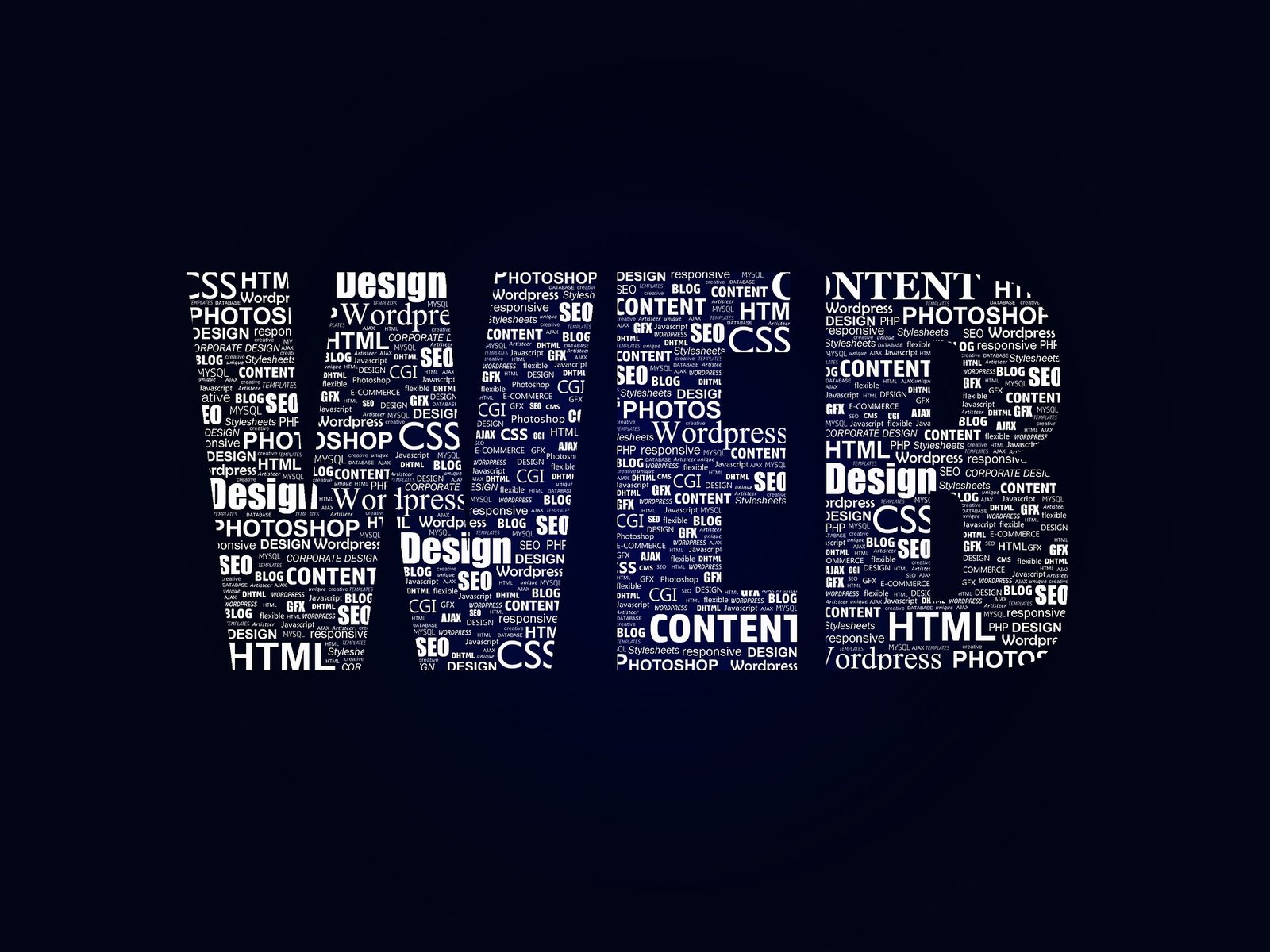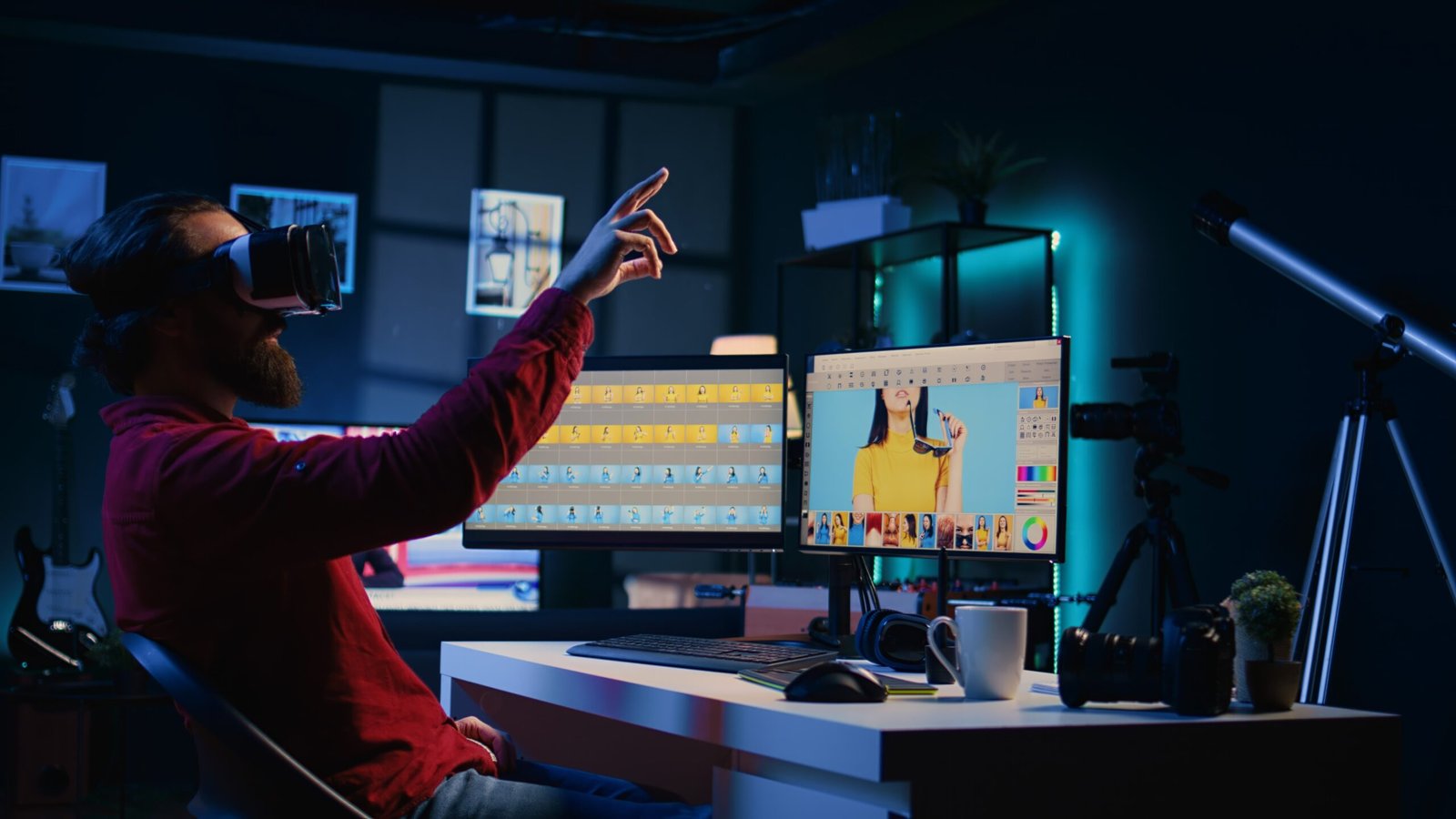

In recent years, motion graphics have emerged as a powerful tool in the world of design, transforming the way brands communicate and engage with their audiences. The rise of animated and interactive elements is not just a trend; it represents a fundamental shift in how visual storytelling is approached across various platforms. This blog explores the evolution of motion graphics, current trends, and their impact on design and user experience.
Understanding Motion Graphics
Motion graphics combine graphic design principles with animation techniques to create visually engaging content that tells a story or conveys information. Unlike traditional animation, which often focuses on character-driven narratives, motion graphics emphasize the movement of text, shapes, and images to enhance communication.
Key Features of Motion Graphics
Dynamic Visuals: Motion graphics bring static designs to life through movement, making them more engaging.
Enhanced Storytelling: By integrating animation, designers can convey complex messages more effectively.
Interactivity: Many motion graphics incorporate interactive elements that allow users to engage with the content actively.
The Evolution of Motion Graphics
The journey of motion graphics can be traced back to early film and television, where simple animations were used for title sequences and transitions. However, with advancements in technology and software, motion graphics have evolved significantly:
Digital Revolution: The advent of digital tools like Adobe After Effects and Cinema 4D has democratized motion design, allowing more designers to experiment with animation.
Increased Accessibility: With platforms like Lottie Files enabling easy integration of animations into web and mobile applications, motion graphics have become more accessible than ever.
Integration with AI: Artificial intelligence is now being leveraged to streamline the animation process, allowing for faster production times and more complex visual storytelling.
Current Trends in Motion Graphics
As we navigate through 2024, several trends are shaping the future of motion graphics:
- 3D Motion Graphics
The use of 3D elements is on the rise, providing deeper immersion for viewers. Tools like Blender and Unreal Engine allow designers to create intricate 3D animations that can be seamlessly integrated into various digital platforms, from websites to virtual reality experiences. This trend enhances branding efforts by adding depth and interactivity.
- AI-Powered Animation
AI is revolutionizing motion design by automating repetitive tasks and enabling designers to focus on creativity. AI tools can predict design trends and assist in creating realistic animations quickly. This shift not only improves efficiency but also opens up new creative possibilities.
- Minimalist and Abstract Designs
Simplicity is becoming a hallmark of modern motion graphics. Minimalist designs using basic shapes and lines are gaining popularity as they enhance usability while delivering clear messages. This trend is particularly effective in user interface (UI) design, where clarity is paramount.
- Retro and Nostalgic Styles
Nostalgia plays a significant role in contemporary design. Retro styles infused with modern techniques evoke emotional responses from audiences. Designers are experimenting with neon colors and pixelated animations reminiscent of early video games to create a sense of familiarity while appealing to modern sensibilities.
- Immersive AR and VR Experiences
With the rise of augmented reality (AR) and virtual reality (VR), motion graphics are being used to create engaging experiences that blur the lines between digital and physical worlds. These technologies allow brands to demonstrate products interactively, enhancing consumer engagement.
- Liquid Motion
Liquid motion effects mimic the behavior of liquids, creating fluid animations that are visually captivating. This technique adds a dynamic quality to web designs, making interactions feel more organic and engaging.
The Impact of Motion Graphics on User Experience
The incorporation of animated elements into designs significantly enhances user experience (UX). Here’s how:
Increased Engagement: Animated content captures attention more effectively than static visuals, leading to higher engagement rates.
Improved Information Retention: Studies show that people retain information better when it is presented in an animated format compared to static images or text.
Enhanced Brand Identity: Consistent use of motion graphics helps establish a brand’s identity by creating memorable visual experiences that resonate with audiences.






